Creativity Coaching
Unlock your creative potential
with personalized coaching,
workshops, and creative leadership.
Who it’s for
You don’t have to call yourself “a creative” to do this work—you just have to care about making something better.
I coach creative professionals who want to reignite their energy and output. I work with leaders and managers who are building collaborative, idea-driven teams. I support entrepreneurs and founders navigating growth, change, or invention. I help educators bring more curiosity and imagination into how they teach. I guide people in transition as they reconnect with their creative instincts. And I partner with companies and organizations that need creative leadership to move something meaningful forward.
Learn more about my approach and techniques in my forthcoming book, The Creativity Handbook for Everyone.
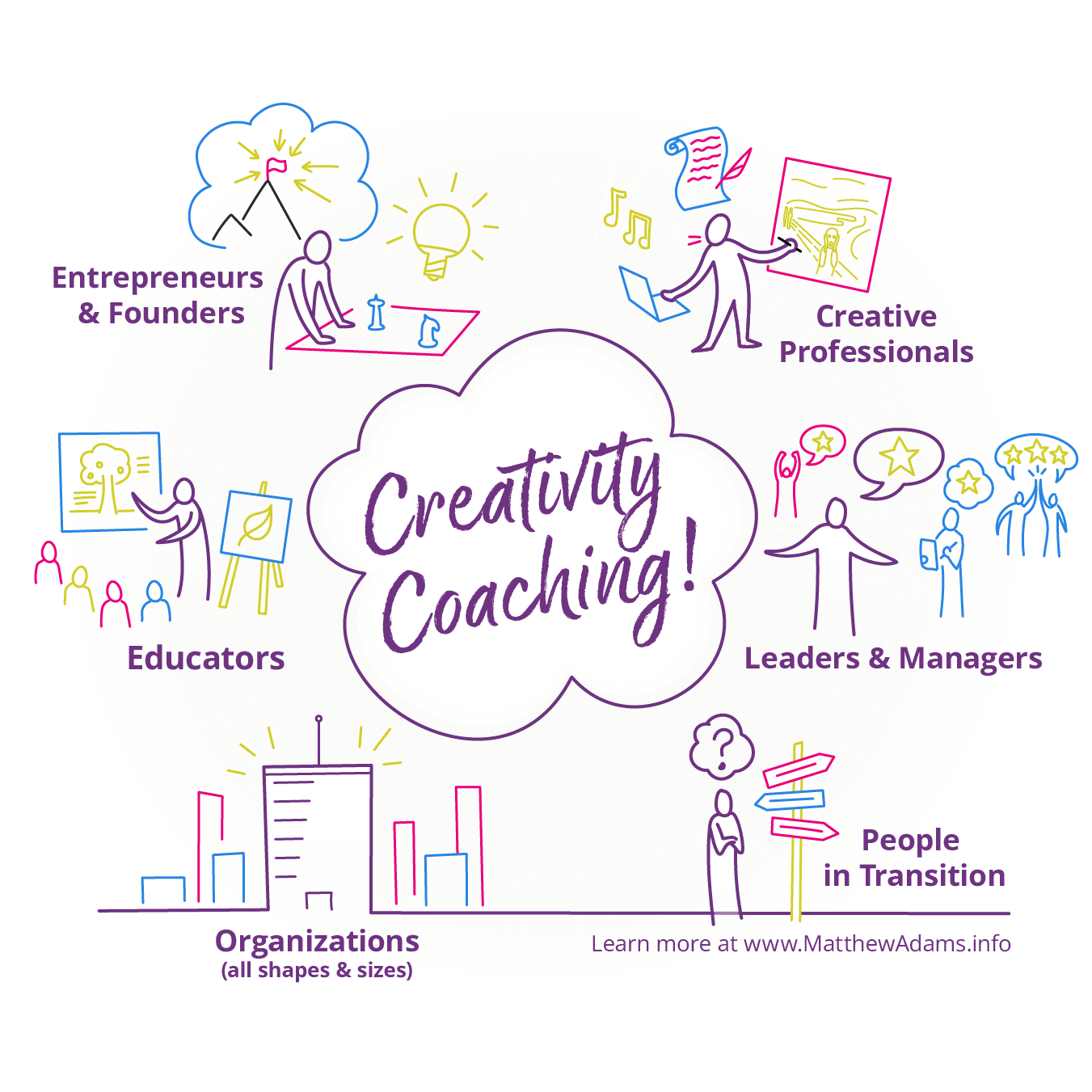
Who it’s for
You don’t have to call yourself “a creative” to do this work—you just have to care about making something better.
I coach creative professionals who want to reignite their energy and output. I work with leaders and managers who are building collaborative, idea-driven teams. I support entrepreneurs and founders navigating growth, change, or invention. I help educators bring more curiosity and imagination into how they teach. I guide people in transition as they reconnect with their creative instincts. And I partner with companies and organizations that need creative leadership to move something meaningful forward.
Learn more about my approach and techniques in my forthcoming book, The Creativity Handbook for Everyone.

How it works
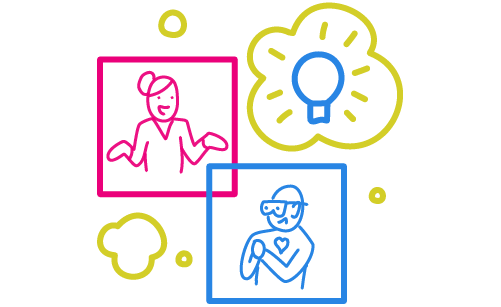
1:1 Creativity Coaching
A personalized space for reflection, progress, and clarity. Available as single sessions or multi-session engagements.
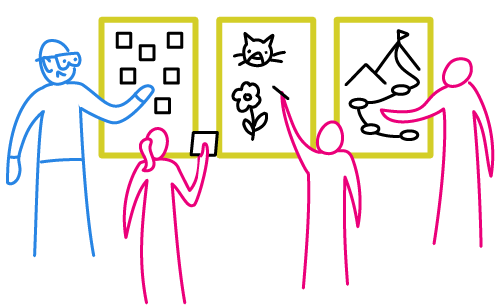
Team Workshops
High-energy, hands-on sessions that build trust, unlock ideas, and move teams forward creatively.
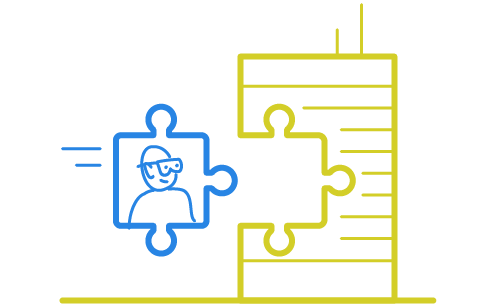
Plug-in Creative Leadership
Temporary, part-time, or fractional leadership support for teams in transition or in need of a creative reset.
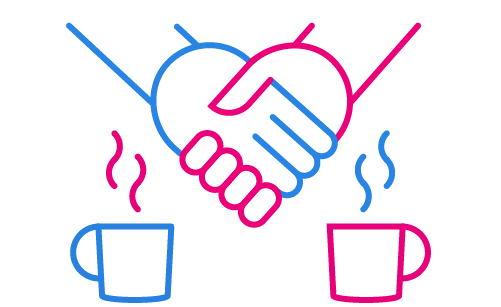
Advising
Ongoing, high-level partnership for founders, executives, or project leads who want a thinking partner.

Custom Creative Engagements
Retreats, creative audits, and longer-term intensives tailored to your goals and context.
What to expect
For Creative Professionals
- Reconnection with your creative instincts
- Practical tools to navigate burnout or blocks
- Clarity on what’s next in your craft or career
- Renewed confidence in your voice and process
For Leaders and Managers
- New ways to nurture creativity within your team
- Sharper decision-making through creative thinking
- Support in leading through ambiguity or transition
- A space to reflect on your leadership and impact
For Entrepreneurs and Founders
- A sounding board for complex choices and big ideas
- Creative frameworks that clarify vision and next steps
- Help translating uncertainty into action
- Strategic support without sacrificing intuition
For Educators
- Fresh ways to engage learners through curiosity and imagination
- Space to reflect on how creativity shows up in your teaching
- Encouragement to experiment, adapt, and grow
- Tools to inspire creative confidence in others
For Companies & Organizations
- Access to experienced creative leadership when you need it most
- Support building a culture that encourages imagination and risk-taking
- Alignment around creative goals and shared language
- Momentum when you’re launching, growing, or resetting
What it costs
1:1 Creativity Coaching
starting at
$250 per session
Available as single sessions or in 3- or 6-session packages for deeper support. Great for individuals seeking clarity, direction, or momentum.
Team Workshops
starting at
$3,000
Half-day and full-day formats available. Designed to energize collaboration, unlock ideas, and align creative focus.
Plug-in Creative Leadership
pricing upon inquiry
Short-term or part-time leadership for teams in transition or seeking a creative accelerant.
Advising
starting at
$1,500/month
A high-trust partnership for founders and leaders who want a strategic creative sounding board. Includes calls, async feedback, and custom advisory based on your goals.
Custom Creative Engagements
pricing tailored to suit
From retreats and audits to multi-phase projects, fully tailored to your goals.
Getting started
It all starts with a conversation.
No pitch. No pressure.
Just a simple check-in to explore where you are,
what you need, and whether this work feels like a fit.